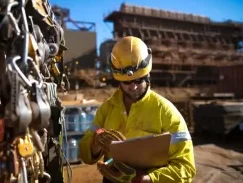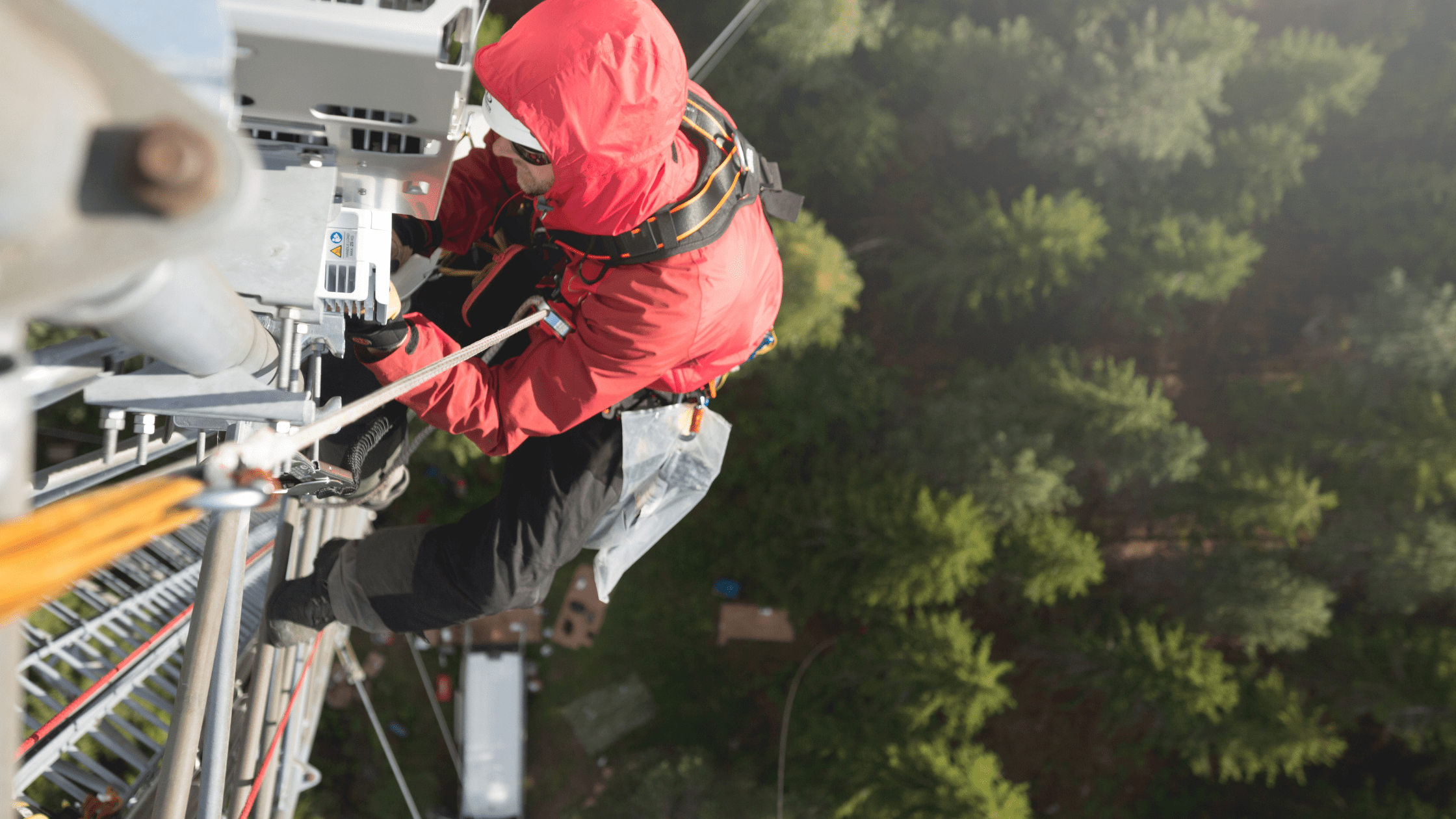In recent years, many accidents have occurred in the workplace due to falling from heights. In fact, working at heights is one of the leading causes of death and serious injury in Australia. Studies have shown that between the years 2015 and 2019, 122 workers died during a fall from heights accident. The most significant number of deaths involve falling from buildings and other structures such as ladders.
It may sound scary. However, with the right and proper training, these accidents can be prevented more effectively. If you plan to enter a working at heights job, it may be a wise decision to enrol in a working at heights course. Recently, it has been proven that strict training standards have helped decrease the number of injuries significantly.
So, even if you feel confident with your skills, it is still good to enter the course. Maybe you might even learn something you have not heard of before. After all, it is better to be open-minded about the possibilities. You will get your money’s worth, and you even get a certificate for completing it.
If you are still unsure about the decision, here are six things that you will learn from a working at heights course.
1. Work requirements
When applying for working at heights jobs, there are many requirements that both employee and employer must meet. When enrolling in a working at heights course, you will learn what these requirements are. Knowing and understanding the target workforce and basic requirements is how the course starts.
Employers are required to provide training for employees who work at any workplace wherein the job takes place at a height of four feet or more. This height is the minimal height because it can cause injury. In this case, protective equipment is required.
At this course, you can learn the equipment that you might use on site. Worker restraint rails and fall protection mechanisms are some examples of these tools and equipment. Fall safety controls systems which include different net or work belt restraints are also protective equipment fit for the job. This is taught in the course because employees must know the risks and the safety benefits of protection equipment.
2. Risk factors
A working at height job is a very risky job, so it is important to know and recognize immediately the risk factors in the workplace. Risk factors are specific circumstances during the job that can potentially cause harm to yourself or your workmates, or both. For example, safety protection equipment having faulty screws is a risk factor as it may malfunction during the workload. This malfunction can cause injury or death of the employee.
In a working at heights course, common risk factors in the work environment can be learned and applied in the actual job. The course must make its trainees acknowledge these risk factors so that the trainees know them when they are present. Once known, they can act appropriately to the situation.
3. Risk assessment
Risk assessment is the act of taking the risk factors that an employee or worker has acknowledged and evaluate them altogether. This evaluation can recognize and analyse potential undesirable events that may happen in the future. In a worst-case scenario, this could mean recognizing the potential death of an employee based on analysed risk factors.
In the previous example, a risk factor would be the faulty screws in protection equipment. A risk assessment is determining and analysing if and how these faulty screws can cause injury or death during work. A working at heights course will teach you how to correctly assess the risks involved in the work. This way, you can have the initiative to determine whether or not it is a safe approach.
4. Risk mitigation
After an assessment has been made on whether or not something is safe to do, risk mitigation then follows. Risk mitigation is to do something about these risky events in the workplace so that it will not happen again. If this is not possible, then there should be a solution so that it will be less likely to happen. There are many strategies when it comes to risk mitigation.
One of these strategies is risk transfer, wherein the risk is transferred into a third party, like insurance. If, for example, the protection equipment is risky, then a third party can ensure that the equipment used must never malfunction. You can learn this through enrolling in a course because it is in the best interest of a worker to lessen the likelihood of a failure during his job.
5. Safety awareness
Knowing about the risks in your job is useful. However, it is also very important to always be mindful of their safety as it should be the number one priority. Safety awareness is a constant realisation everyone in the workplace should always have. Many people may find themselves getting into their work so much and fail to realize how dangerous it is.
Your welfare is your number one priority. A working at heights course should always instil that into their trainees. It is the course responsibility to make sure that the trainees learn the dangers of the workplace. But ultimately, it is the responsibility of the worker to put himself above all else.
6. Advice from experts
It is always good to listen to the wisdom of experienced people. Experts on the subject know what the dangers of the workplace are and how to at least mitigate the risks brought by these dangers. They know the ins and outs of the job and so their advice can greatly benefit you once you are on the site. A working at heights course can give you the opportunity to learn from them.
You can learn their secrets on how they have succeeded in their job. You can apply their wisdom during your work.
Planning to enrol in a working at heights course? Begin your journey today and upskill with Australian Training Institute! For more details and information, feel free to contact us at 07 3269 5005 today.



